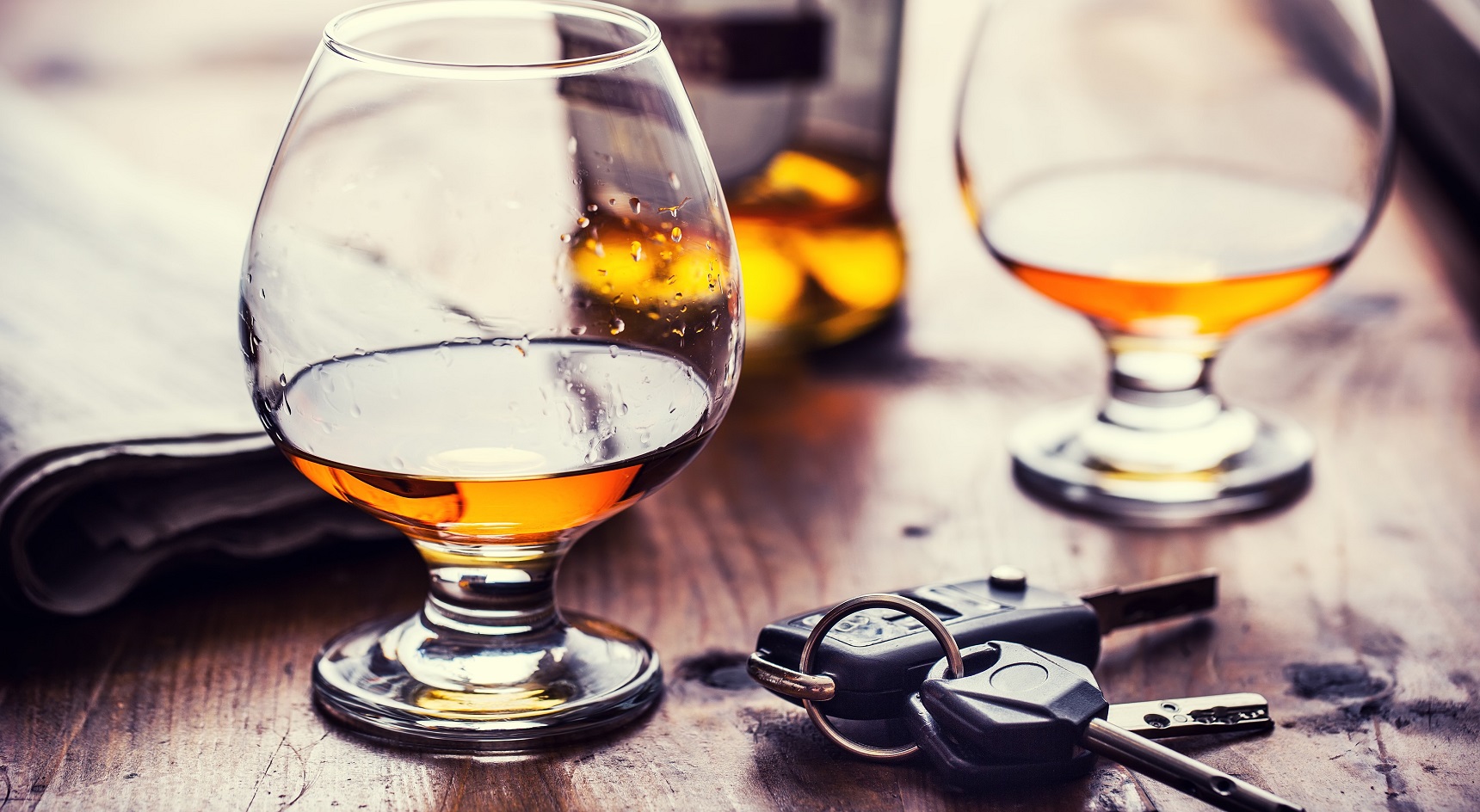5 supervising driver essentials
 Life-threatening lane changes aside, teaching someone to drive is a rewarding experience. But before you hand over the wheel, make sure you’re setting the right example with our 5 supervising driver essentials.
Life-threatening lane changes aside, teaching someone to drive is a rewarding experience. But before you hand over the wheel, make sure you’re setting the right example with our 5 supervising driver essentials.
1. You must have held an unconditional full licence for the preceding two years (not a learner’s permit, P1 or P2)
When it comes to driving there’s a lot to learn, even after you’ve handed in your log book and passed your Ps. If you’re going to supervise a learner driver, you need to make sure you have enough real-life road experience to deal with even the trickiest traffic situations. The South Australian Motor Vehicles Act states that qualified supervising drivers must hold an unconditional full licence. Further to this, they must have had their full licence for the whole of the immediately preceding 2 years.
Supervisors must have had their full license for the whole of the immediately preceding 2 years.
2. You must be seated immediately next to the learner driver at all times
It’s easy to stay focussed when you’re zipping around town with a learner driver, but keeping alert during those long, arduous country drives can be difficult. Despite how tempting it may be to nod off in the back seat, you must remain alert and seated next to your learner driver at all times.
You must be seated immediately next to the learner driver.
3. Your blood alcohol content must be below 0.05
Put the pinot grigio down – your learner driver is not a taxi. If you’re supervising a learner, your blood alcohol content must be below 0.05. When your reactions are impeded by alcohol, there’s no way you’ll be able to safely teach a new driver or respond in an emergency. Set a good example and stay sober. If you don’t, you could be up for a $272 fine, plus a $60 Victims of Crime Levy.
If you’re supervising a learner driver, your blood alcohol content must be below 0.05.
4. There can be no drugs in your system
This one’s a given. If you’re on drugs, you’re not going to be a good supervising driver. You’ll also be breaking the law. Acting as a qualified supervising driver with methamphetamine, THC or MDMA in your system will set you back $272 and a $60 Victims of Crime Levy.
This one’s a given. If you’re on drugs, you can’t supervise a learner driver.

